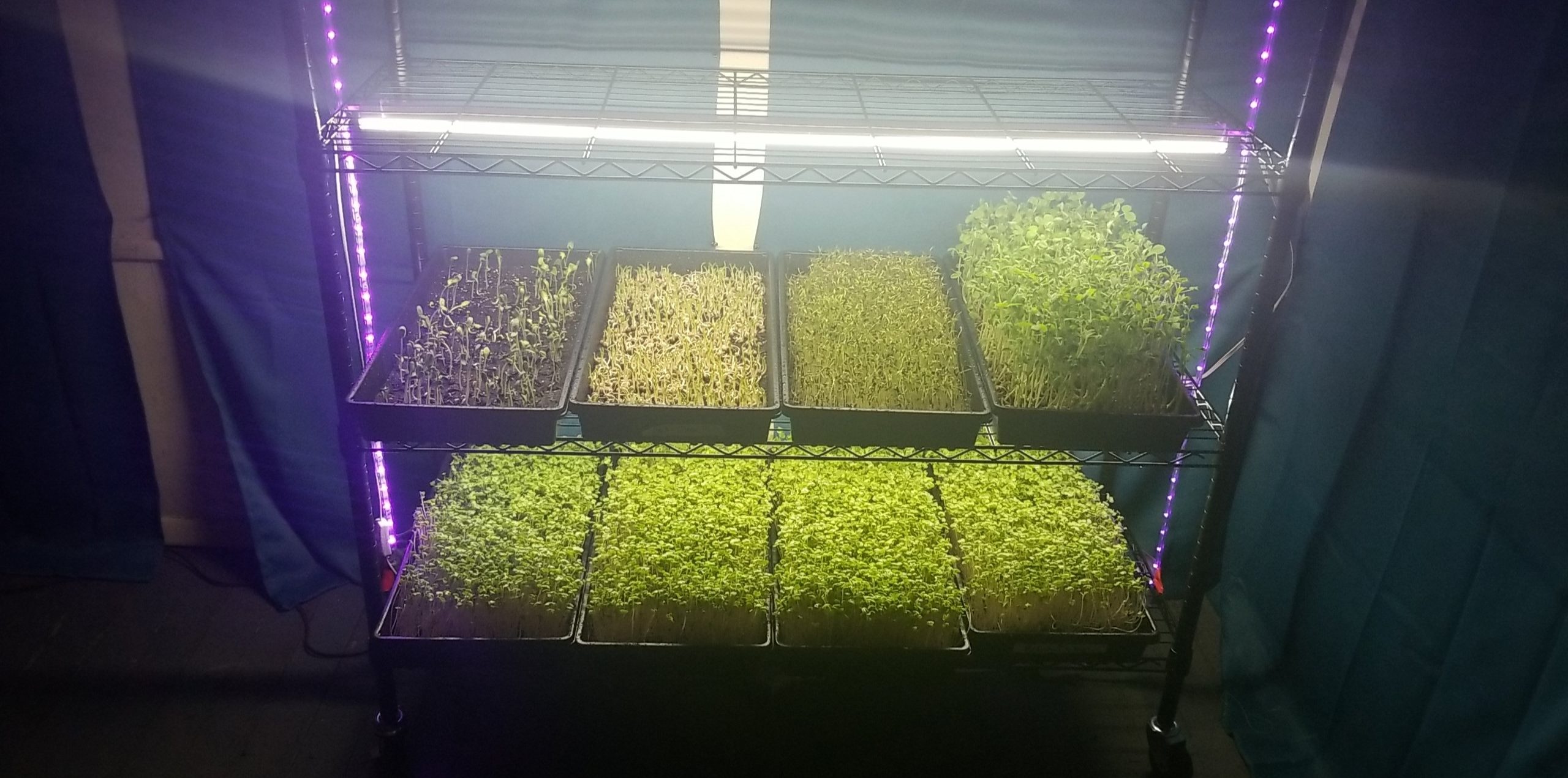
Tangled vines spilling from a hanging basket. Textured leaves with bright splashes of red and yellow. It’s no wonder that one of the biggest trends to come out of the COVID-19 lockdown this year was growing houseplants.
Plants add life and color to make indoor spaces a little more interesting. As a generally low-maintenance hobby, growing houseplants brought comfort to many people feeling uncertain or disconnected during quarantine.
Freshman Jennifer Romo enjoys tending to plants as an outlet to relax and feel connected to the outdoors.
“I’ve always liked nature, but I live in an area where I wasn’t near any forests,” she said. “I also really like taking care of things; it’s a good way to destress.”
For students interested in indoor plants but don’t already have a green thumb, this beginner’s guide details how to start without getting overwhelmed.
Where to find plants
Local nurseries
Located in Grant Park, Gardenhood is an independent nursery with a vast selection of plants and knowledgeable staff. It is the ideal spot to find a unique plant and get hands-on advice from local experts.
Another place to find new plants and get guidance is Pike Nurseries, which has several metro Atlanta locations.
Online marketplaces
One of the cheapest ways to get a new plant is to buy cuttings, small clippings from a full-sized plant. When left in water or moist soil, these cuttings grow their own roots to start a brand new plant, a process called “propagation.”
Senior Nancy Nalley, a self-proclaimed “plant nerd,” loves studying biology. She started growing plants after her cousin gave her a pothos cutting. Nalley now has about 25 houseplants. She highly recommends buying cuttings on Etsy.
Reasonably-priced and sometimes free plant cuttings are also available locally on Facebook Marketplace and in Facebook groups like Atlanta Plant Club.
Ask friends and family
Junior Daniel Prendergast started growing vegetables indoors after moving into a new home without a yard. He grows microgreens, mixed greens, root vegetables and sprouts. Prendergast says he gets a lot of new cuttings and seeds by asking his friends and coworkers.
Ask friends and family which plants they are growing and if they’d like to trade cuttings. It’s the easiest way to expand plant collections without spending a penny.
Starter plants
Romo recommends starting with golden pothos, a low-maintenance vine that can stay healthy in various conditions.
“Golden pothos is my favorite,” she said. “It’s very hard to kill. It has such nice long vines, and it’s easy to take care of.”
The ZZ plant and snake plant are also ideal for beginners because they require minimal natural light and only need watering every three weeks. The ZZ plant can even survive in rooms with zero natural light, like bathrooms.
Advice for beginners
Set reminders
Romo keeps track of her plants’ watering schedules in her calendar app. Research how often a plant needs watering, misting and fertilizing, and set reminders so that it stays healthy.
Pay attention to the leaves
Nalley says that checking a plant’s leaves can often indicate what to do differently.
“If the leaves get droopy, it’s most likely that they’re being underwatered or overwatered,” she said. “And if the leaves get really light or their colors start messing up, it’s most likely that they’re not getting enough sunlight, or they’re getting too much sunlight.”
Don’t forget to repot plants as they grow
If a plant grows significantly, transfer it to a larger pot and mix in new soil. Repotting prevents the roots from becoming overcrowded and adding new soil provides more nutrients to continue the plant’s growth.
For most students, this year’s pandemic has brought uncertainty, stress and more time spent indoors. Maintaining a casual hobby such as growing houseplants can be a great way to relax and make indoor spaces feel more like home.
